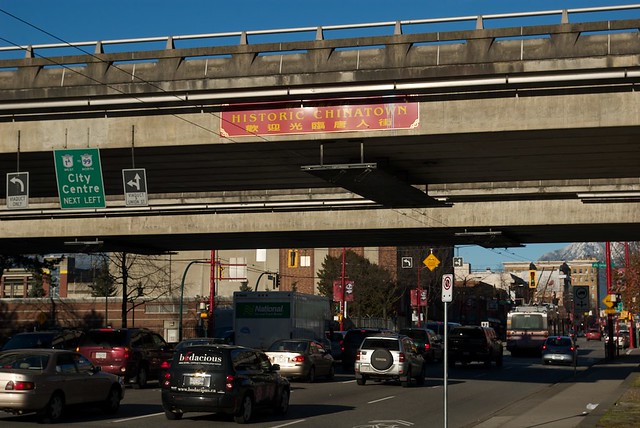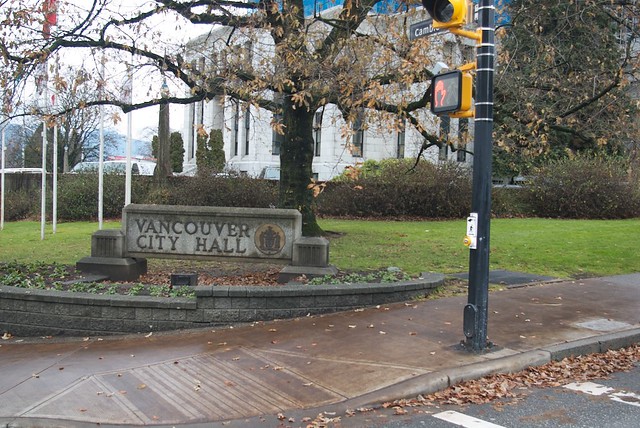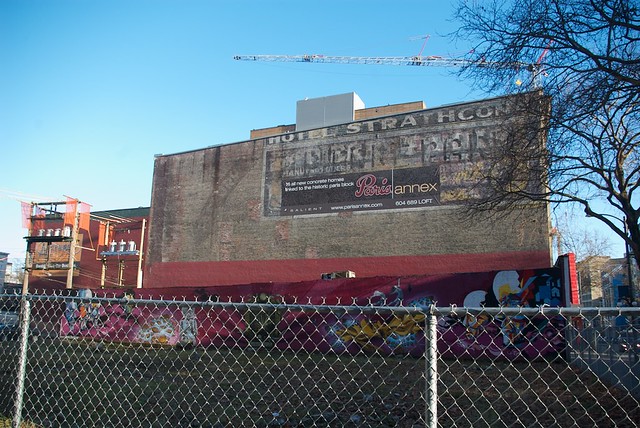Mayor Robertson and his party won power on the backs of the poor, claiming to represent their aspirations and promising to “End Homelessness.” Today, Vision Vancouver is waging war on the Downtown Eastside, the last refuge for Vancouver’s low-income residents.
One might wonder at the use of a military analogy – “waging war” – but sadly Robertson’s party has employed ruthless political tactics to outmaneuver Vancouver’s most marginalized residents who, despite negligible resources, are nonetheless fighting back stronger than ever.
As we have reported previously, Vision Vancouver is moving to implement the NPA’s gentrification plan for the Downtown Eastside (deceptively called the “Historic Area Height Review”). The plan, which goes to Council for a vote this Thurs, Jan 20, calls for seven 15-storey condo towers in the Downtown Eastside. It is certain that these developments would impact surrounding property values. Low-income residents, as well as the stores, services, and amenities they use, would be displaced at a pace even greater than what is already underway, with the social and economic goal of gentrifying a low-income community by importing a new class of residents (which City Planning staff like to call “body heat“).
The Decoy
To distract the broader public from their undemocratic plan to gentrify the Downtown Eastside, the Vision-led City Council will be voting on a separate “view-corridors” proposal for towers in the central business district at the same Jan 20th meeting as the DTES plan. The City has purposefully attempted to link these very different plans in the public’s mind, with some success. The supposed link between them is the abstract notion of “height.” The two plans both deal with building heights, but will inevitably have more significant impacts on density and social demographics. Focusing on height instead of density changes the debate. This article from Sunday’s Province, for example, is stuck in the City’s frame about “height,” ignoring any question of social impact, and referring only fleetingly to the Downtown Eastside at the end of the article.




